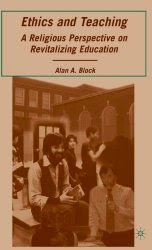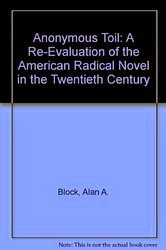Life After Death
And then Sommer offered some rationale about why Jews might have abandoned or at least, discounted the idea of life after death as not exactly a Jewish notion. He said that the first reason concerned the emphasis that Jews have historically placed on the Bible to the exclusion of the other pieces of Rabbinic literature: the siddur and the Talmud. And since Tanakh has almost no reference to life after death, therefore this concept must have no place in Jewish belief. (In a second talk Professor Sommer showed why the Tanakh ought not to be considered authoritative.) Secondly, Sommer asserted, that because the Christians had placed so centrally in their dogma the concept of life after death that surely Jews could not hold such a belief. Discounting belief in life after death distinguished Jews from Christians. And the third reason why Jews have not held to the idea of life after death had something to do with the rationalism that arose in Judaism (well, in the entire philosophical world) during the 19th century. Since there was no positivist evidence for such an event, since it seemed so irrational a concept, surely it defied honest belief. I found his explanations interesting and somewhat convincing.
Finally, Sommer talked about what Jews gained from belief in the concept of life after death. And he argued that it served two purposes: the first is that the belief affirmed the existence of God. The continued existence of the soul after death required no magic, but the resurrection of the body necessitated a Magician, with a capital M, as Sommer said. Life after Death, the resurrection of the body, confirmed God’s existence because the Rabbis posited that the body of each would be resurrected and returned to its soul. Secondly, life after death affirmed the importance of life here because life after death according to the Rabbi’s beliefs, involved the reintroduction of the soul back into the body, and life after death would therefore be a replicate of life here now. What life we live here we would then live there. We should pay attention to our present. Finally, life after death affirmed the centrality of the human individual. Each of us would get back his/her body and not some other body—yes, the body must be regulated and Talmud is filled with those regulations, but it was important—even central.
And I appreciated Sommer’s talk very much, but I don’t think I can fully accept it: that is, I don’t know that the existence of life after death is integral to Jewish belief but rather, has been added for perhaps clear reasons. Because everything that the Rabbis said had commented on the Bible: Rabbinic literature explains, elaborates, and defines the original scriptures. Even if Sommers will argue (as I think he does) that the Bible is not God composed, that revelation was the command and the Bible was the elaboration by the Rabbis of that command, then the elaboration of the text has a context, and the idea of life after death has to be considered within that context. Thus, the question remains for me why would they develop the concept of life after death if, indeed, there is nothing in the original source that speaks of it; and make the belief so central as to put it five times in the central prayer for daily recitation. Because to my mind there is nothing in Torah that speaks of life after death: everyone who dies in Torah stays quite dead, but clearly the idea of the resurrection of the body is clear in the Amidah. And Sommer’s answers possesses legitimacy. The Rabbis’ explanation offers some rationale to me for the ‘why:’ The Rabbis were defining Judaism after the destruction of the Temple and the siddur is a late manifestation of that attempt and the institution of practice. Prayer (and the book) replaced the sacrifice. They could invent practice by a careful creation of text that has relationship to Torah but is not coincident with it. I do not think that they could ground the belief in life after death in Bible—rather, life after death is a derived belief based in necessity. Why it was necessary remains for me an open question. But the concept was part of the attempt to invent a Judaism post-Temple and they succeeded without question.











0 Comments:
Post a Comment
<< Home